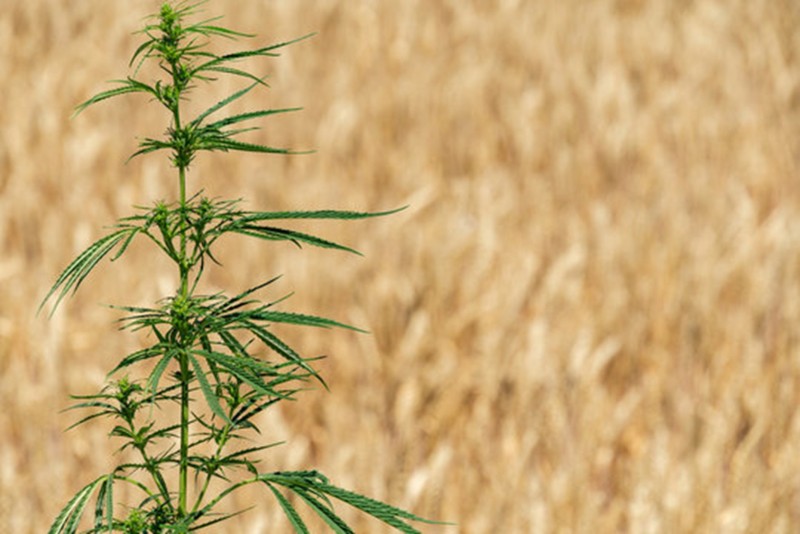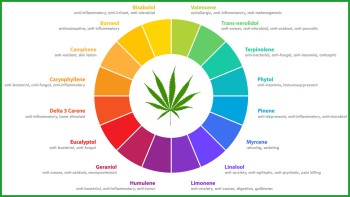There are a ton of varieties of cannabis, some that will never be popular enough to come across and others that are found in every dispensary. Yet, some strains that would never be popular can make their way into daily use. This happens because these strains have a special trait that only become useful when they’re combined with something we use in daily life—think of how much watermelon has changed since the Renaissance.
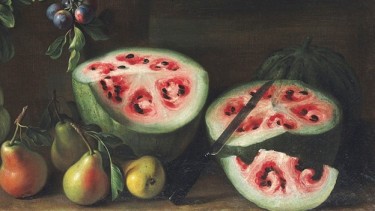
A still life by Giovanni Stanchi—not nearly as delicious as the varieties we have today!
The same principle applies to cannabis—breeders have been focusing on specific cannabis traits for centuries, selectively breeding higher potency, more attractive smell, more attractive colorations, and even size. These new plants are technically genetically modified organisms (GMOs), but that term tends to carry a loaded connotation (since certain American companies create GMO plants that are resistant to pesticides and herbicides, ultimately lowering nutritional content and the rest of the not-so-great side effects we’re familiar with). Cannabis that we know and love today is quite different from the cannabis of the ancient world (or even the 70s, just ask your parents)—it’s stronger, tastier, and all around a better quality plant.

Your grandad smoking hashish, probably. Smoking Hashish by Emile Bernard, 1900, courtesy Wikiart.org
Cannabis ruderalis is one of these varieties of cannabis that would have probably been lost to time if not for a special trait. C. ruderalis originated in the Volga River Valley in Russia (most likely) but was first identified in Siberia in 1924. C. ruderalis has also been found throughout North America and central and eastern Europe; it wasn’t ever a strain that people were interested in until the 1980s when seeds of C. ruderalis were sent to the Seed Bank in Amsterdam.
While growers observed C. ruderalis they noted a special characteristic: flowering based upon maturity rather than on light levels. C. ruderalis developed this trait naturally over millions of years of growing in northern regions where light levels throughout the year vary so drastically that plants must grow quickly or lose out on the energy available in those short summer months. C. ruderalis takes advantage of this by having an extremely quick grow cycle, blooming in just a few weeks, so as to spread its pollen and seeds before the cold winter hits again.
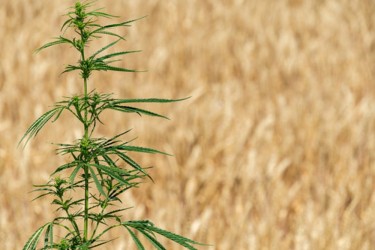
C. ruderalis in a field. Notice how the yields are quite small.
One fact that is a bit confusing is how botanists categorize cannabis. Normally, we think there are two main varieties of cannabis: sativa and indica. These two strains dominate the market and are known for their specific kinds of effects and potency, size, and colorations. C. ruderalis technically is a third strain of cannabis, one that has very low THC levels, doesn’t grow very large, and is generally not a potent strain although it has been smoked in the past. It’s not the only other strain of cannabis, either, even if we exclude hybrids, but the other strains are normally used for crafting hemp products since their fibers are quite resilient. C. ruderalis, though, has that specific trait that does not rely on photoperiods to produce flowers and even though these buds were not really useful in the cannabis sense of the word “use,” the fact that ruderalis contains this trait at all means that it could impart it to other strains. This comes at a cost, though, because when ruderalis is joined with other strains (whether indica, sativa, or a hybrid) it tends to have very unstable genes, so, unfortunately, the only way to get more autoflowers is by buying hybrid seeds from growers.
Once this unique trait was identified, growers spent decades trying to successfully combine C. ruderalis with C. Indica and C. Sativa until they were able to develop strains that were suddenly more resistant to pests as well as not reliant on a photoperiod. Now, growers are able to speed through the growth cycle in just 10 weeks.
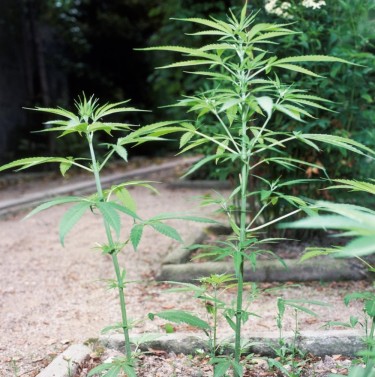
C. ruderalis is a low-THC cannabis variety—does this qualify it has “hemp” in the eyes of regulators? Not necessarily, because C. ruderalis actually has slightly higher THC levels than what would qualify it for hem (which should be somewhere between 0.2 - 0.3% THC content, depending on the country). At this point, C. ruderalis has only one main purpose, which is breeding with other varieties of cannabis. In fact, C. ruderalis is so useful that growers not only breed it with varieties of indica and sativa, but also with hybrids—it’s a difficult thing to do but as indoor growing becomes more widespread and easier to do, the ease of creating hybrids also increases. C. ruderalis has been bred to make all kinds of amazing plants: Mephisto Mondays, Gelato Auto, and Gorilla Glue have all been autoflowered, so expect to see a lot more interesting varieties come out soon.
And while C. ruderalis has had a short history in the Western eye (and in cannabis culture at large), it has been used as a medicinal herb to treat headaches and pains for centuries because it is one strain with a higher CBD content than a lot of other varieties. Currently, C. ruderalis is being used as a potential cancer treatment (obviously not to treat cancer itself but the side effects of cancer drugs), anxiety, and epilepsy. It is a fascinating strain with a long, unique history worth spending time reading about how impactful cannabis can be in medicine. But let’s not forget that cannabis is just one medicinal plant out of thousands—we are made of the world and the world is made of us so a lot of what exists in nature can be used to help our lives and our health. Cannabis is getting all the attention right now but, like C. ruderalis, there are other plants that have unique benefits to humanity that are being ignored in favor of what is most popular. It’s important that we remember that we live in a diverse world with a lot of really interesting plants that have the ability to change the way we live so be sure not to get too stuck in one way of thought! That’s our final word for the day.
If you liked this article and want to learn more, check out VIVOSUN growing guide. You can get all you want about growing! Happy growing with VIVOSUN! Love what you grow!
MORE ON CANNABIS PLANT TYPES, READ THESE...
WHAT ARE THE DIFFERENT TYPES OF CANNABIS?
